Neil Barrett : The Forgotten Genius
- kikokurative

- Jul 13
- 3 min read
Updated: Aug 22
Neil Barrett is a name that once resonated throughout the fashion world but today, even among enthusiasts, it often falls silent. That’s why I felt it was essential to shine a light on his work, which continues to shape modern men's fashion.
Barrett launched Prada’s menswear line, served as creative director at Puma, designed Italy’s national football team kit for 2006, and even dressed Peter Parker in The Amazing Spider-Man 2. His influence still echoes today.
Roots and Early Influences
Growing up in Devon, England, Barrett was deeply influenced by his father and grandfather both tailors whose family business, established in Plymouth in 1892, dressed military officers in crisp, structured uniforms. Surrounded by precision cut garments, he absorbed the values of craftsmanship, discipline, and sartorial care from an early age.

Training and Breakthrough at Prada
Barrett studied at Central Saint Martins and later at the Royal College of Art in London, where he honed his skill in creating commercially viable clothing. Fresh from school, he joined Gucci as a Senior Menswear Designer. In 1997, he took a bold step : he proposed to Miuccia Prada the launch of Prada’s first-ever menswear line. Eight months later, Prada Menswear debuted, blending traditional tailoring with innovative technical elements from the Linea Rossa (Prada Sport) line.
Prada SS 1999 (First Prada menswear collection)
While Barrett built on Miuccia Prada’s foundation, it was the Fall/Winter 1999 collection that, to me, fully revealed the depth of his talent. It’s honestly one of my favorite Prada collections ever, a perfect blend of classic tailoring and technical innovation.
Prada Fall Winter 1999
From structured blazers paired with performance fabrics to the use of nylon, fur textures, and square-toed boots like the Prada Sport Bungee Cord Suede Tech, every look struck a rare balance between elegance and functionality. Many of these pieces still feel incredibly relevant today.
Even today, those late-’90s silhouettes feel completely current. Some of those showpieces are considered collector’s treasures : a seamless fusion of elegance and technical innovation that remains relevant as many brands rediscover that hybrid style.
Prada Sport Bungee Cord Suede Tech
Pioneering at Puma
Barrett's influence extended far beyond Prada. When people talk about major collaborations with Puma, they usually think of Alexander McQueen or even Jil Sander and rightfully so but Neil Barrett is too often forgotten.
Some vintage Neil Barrett x Puma
In 2003, he was named Creative Director of PUMA Italia. He designed the 2006 Italy football kit becoming the first fashion designer to exclusively dress a national team. He introduced couture-level design into Puma’s athletic world, an uncommon fusion at the time.
In 2004, he even presented a Puma collection at Milan Fashion Week, bridging the gap between sport and style.
The Legendary 96 Hours Line
Needing a wardrobe for professionals always on the move, Barrett launched Puma’s innovative “96 Hours” collection. Introduced in the early 2000s : It featured travel-friendly, modular pieces sold individually or packaged in a sleek suitcase. Produced in Italy from premium fabrics, it marked a qualitative and price leap for Puma. The collection was well-received and remains lesser-known but still legendary.
Puma "96 Hours" Collection by Neil Barrett (Slide for more pictures)
Building His Own Brand
In 1999–2000, Barrett left Prada and established his eponymous label, continuing the aesthetic he had honed : modernity, minimalism, monochrome palettes, tech-infused tailoring.
Neil Barrett SS01
The debut collections were striking, sleek, technical, yet impeccably chic. However, over time, the brand became more classic and risk-averse. While I deeply respect Barrett’s disciplined approach, it also meant fewer bold, defining innovations and perhaps that’s why the name doesn’t resonate as strongly today.
Neil Barrett tape jacket - Neil Barrett 2in1 JACKET (2000's )
A Visionary Ahead of His Time
Neil Barrett was a pioneer, early in merging tailoring with technical sportswear and elevating athletic brands into the realm of high fashion. From his work at Prada to his groundbreaking collections at Puma, he consistently challenged expectations. Today’s brands revisiting the fusion of outdoors-tech and tailoring are, knowingly or not, following pathways he laid out decades ago.
Barrett may remain a quiet presence in the shadows of fashion history, but his impact continues to influence men’s style often in ways that are felt rather than explicitly recognized.

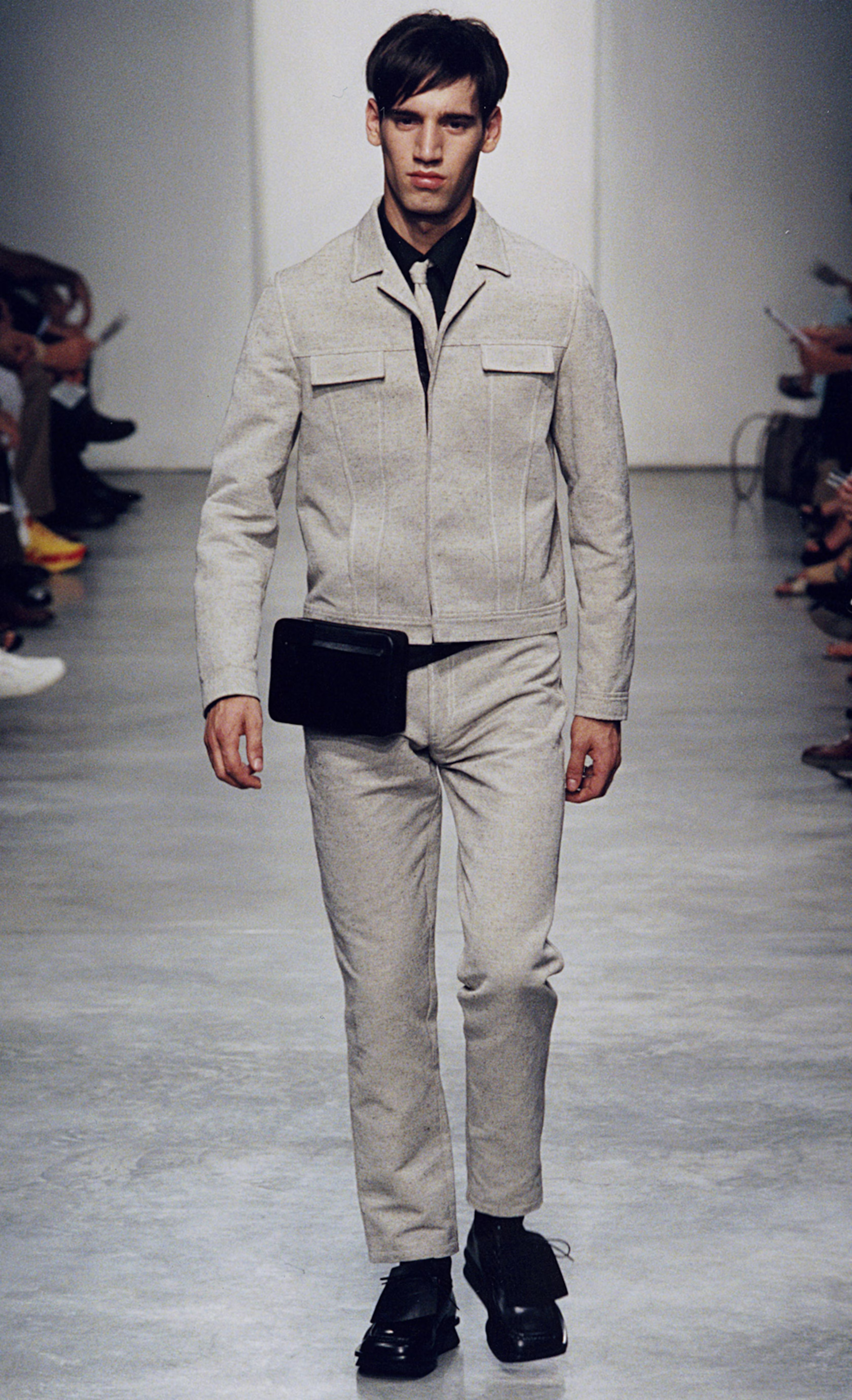
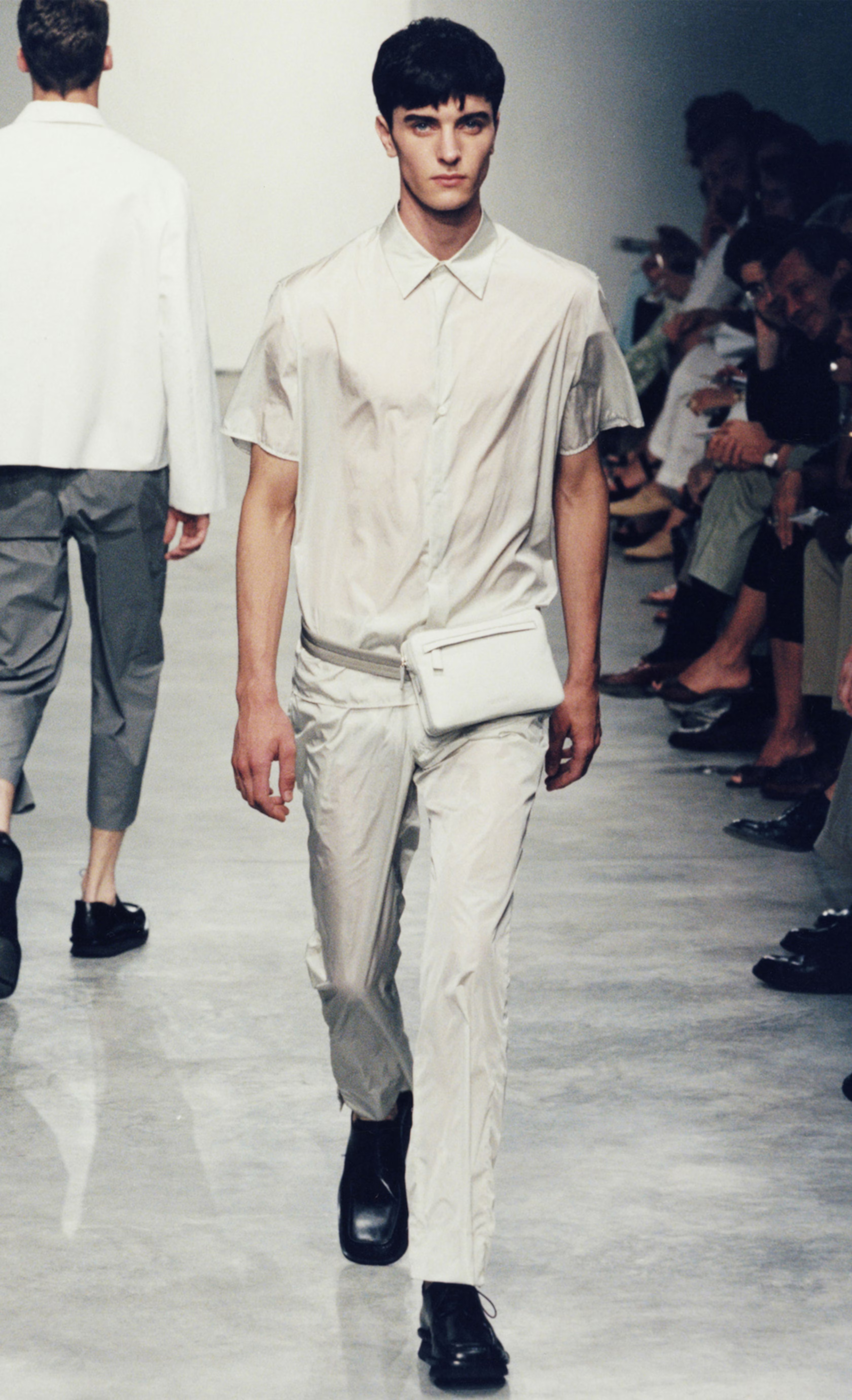

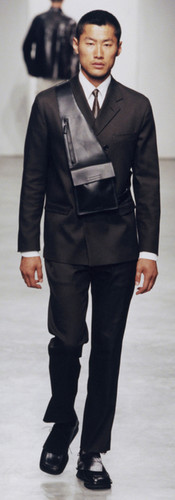
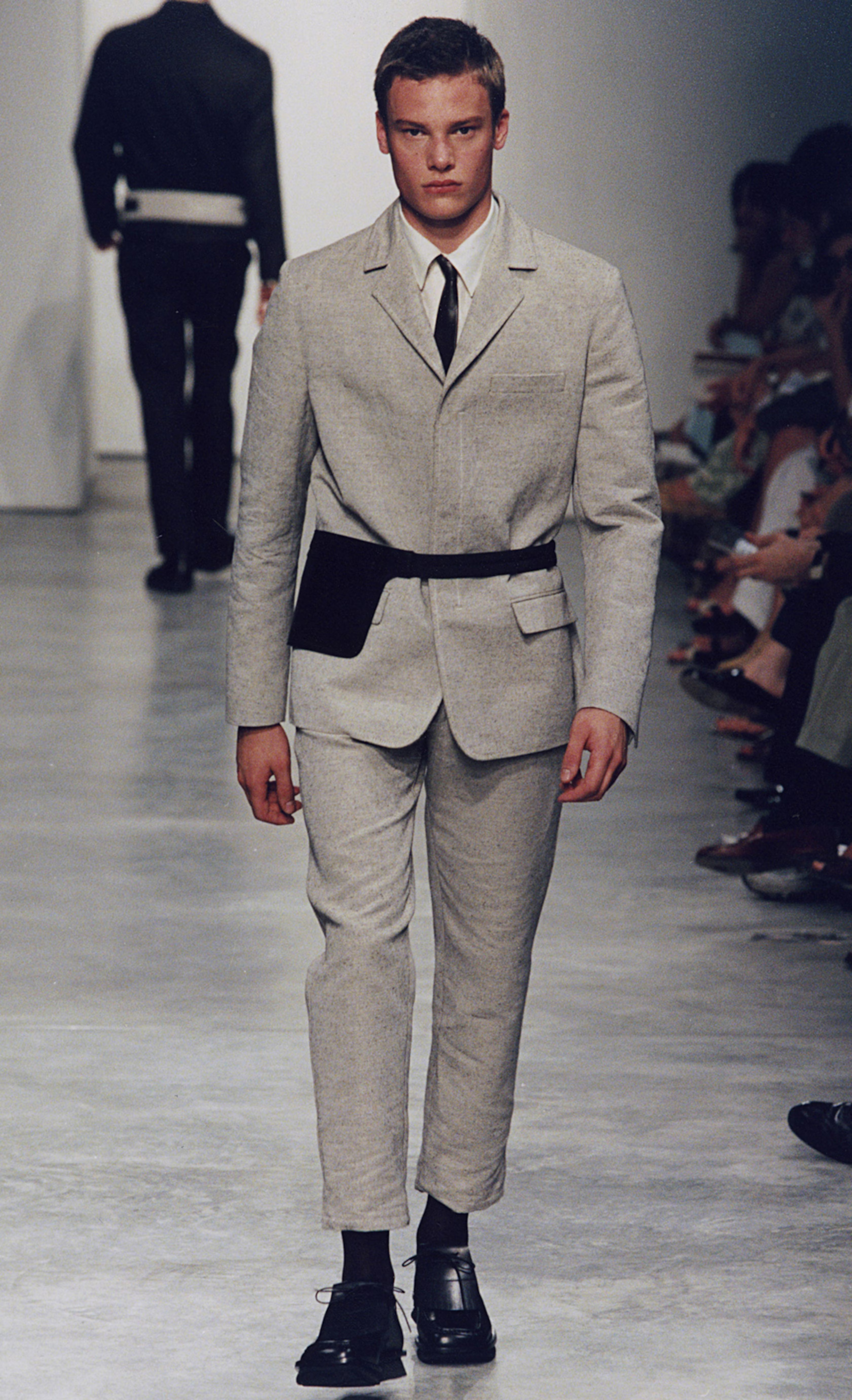
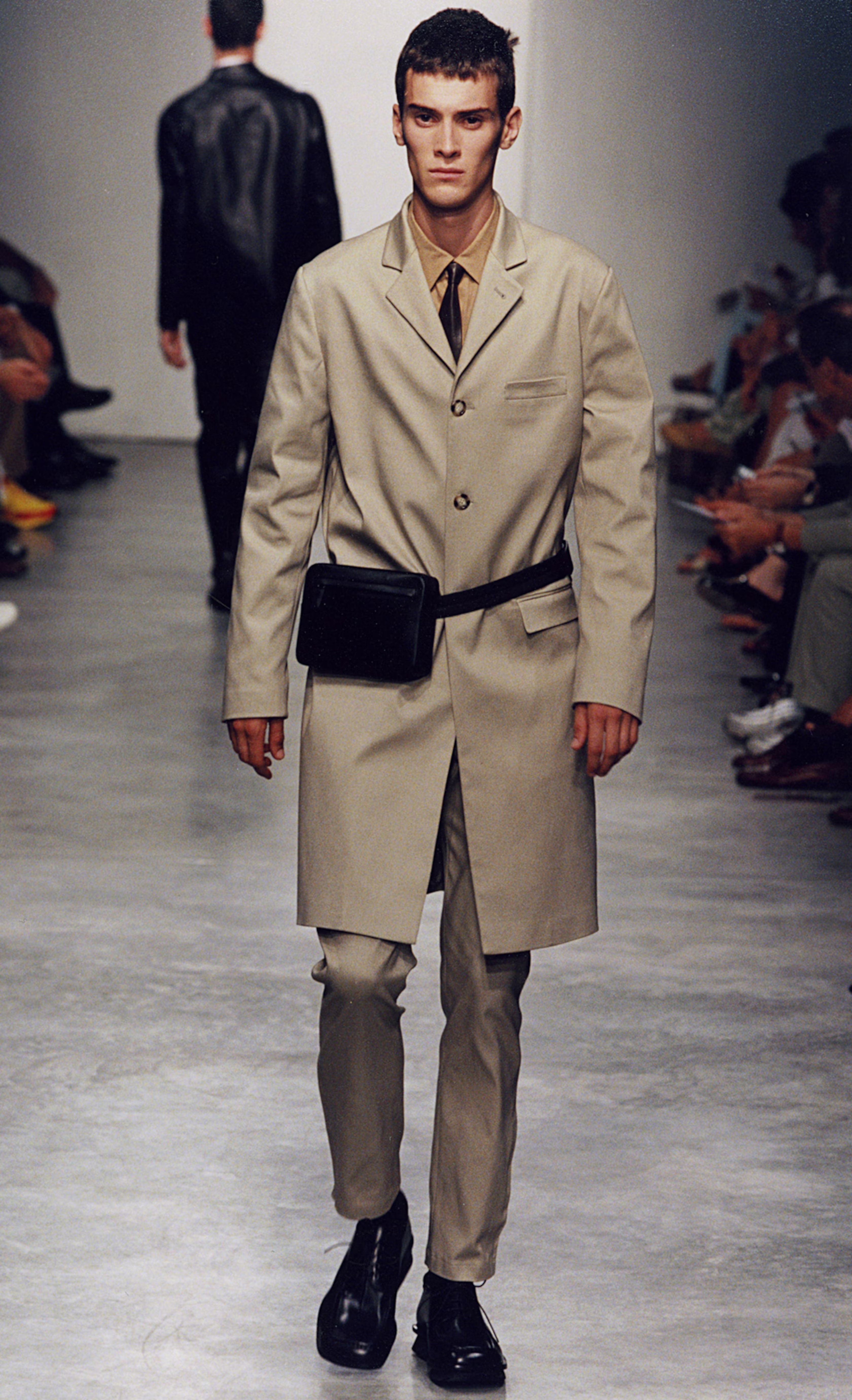

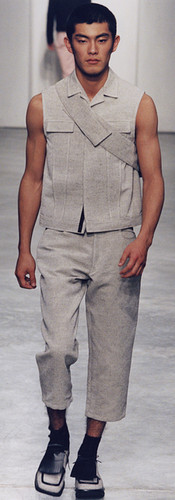
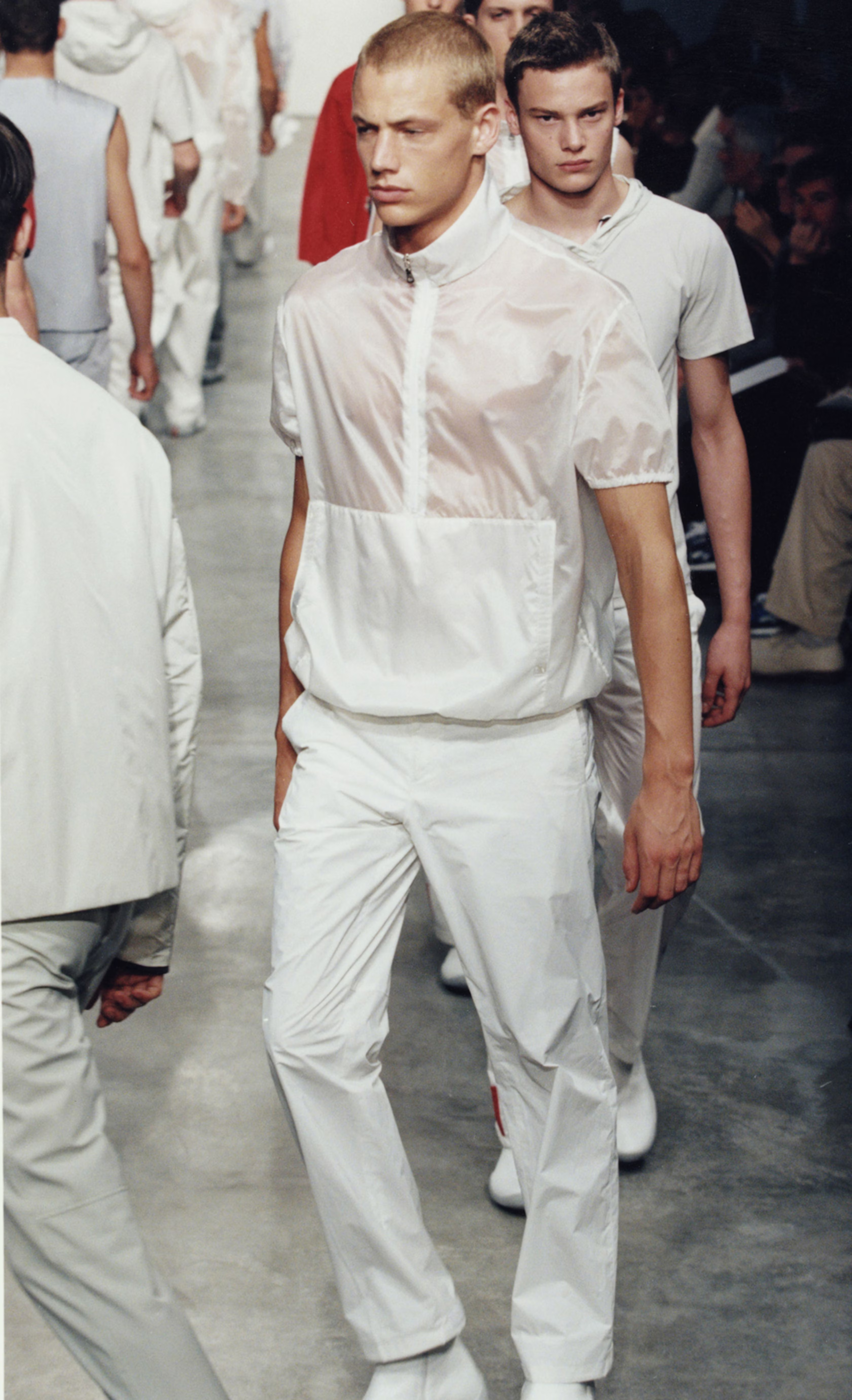
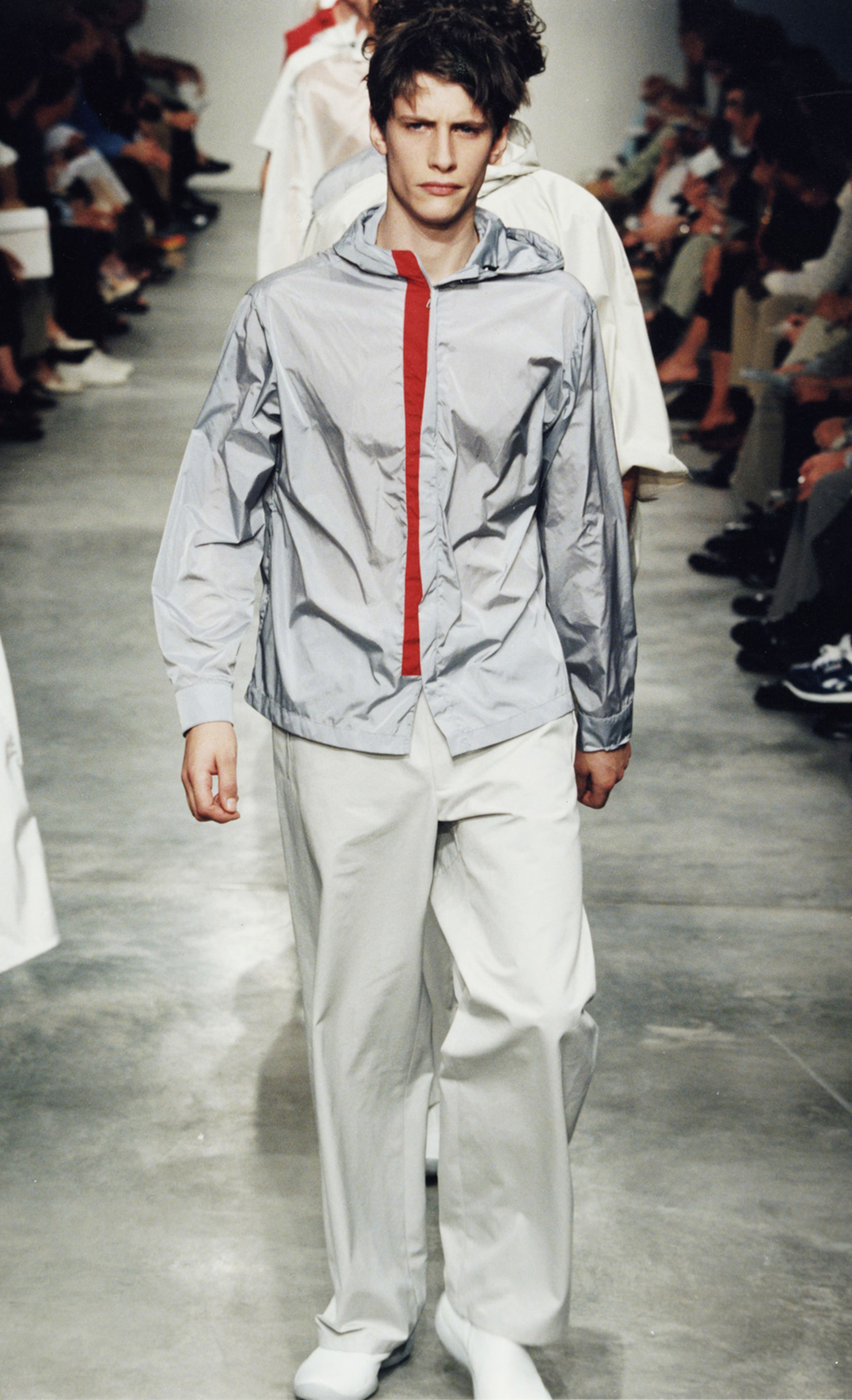
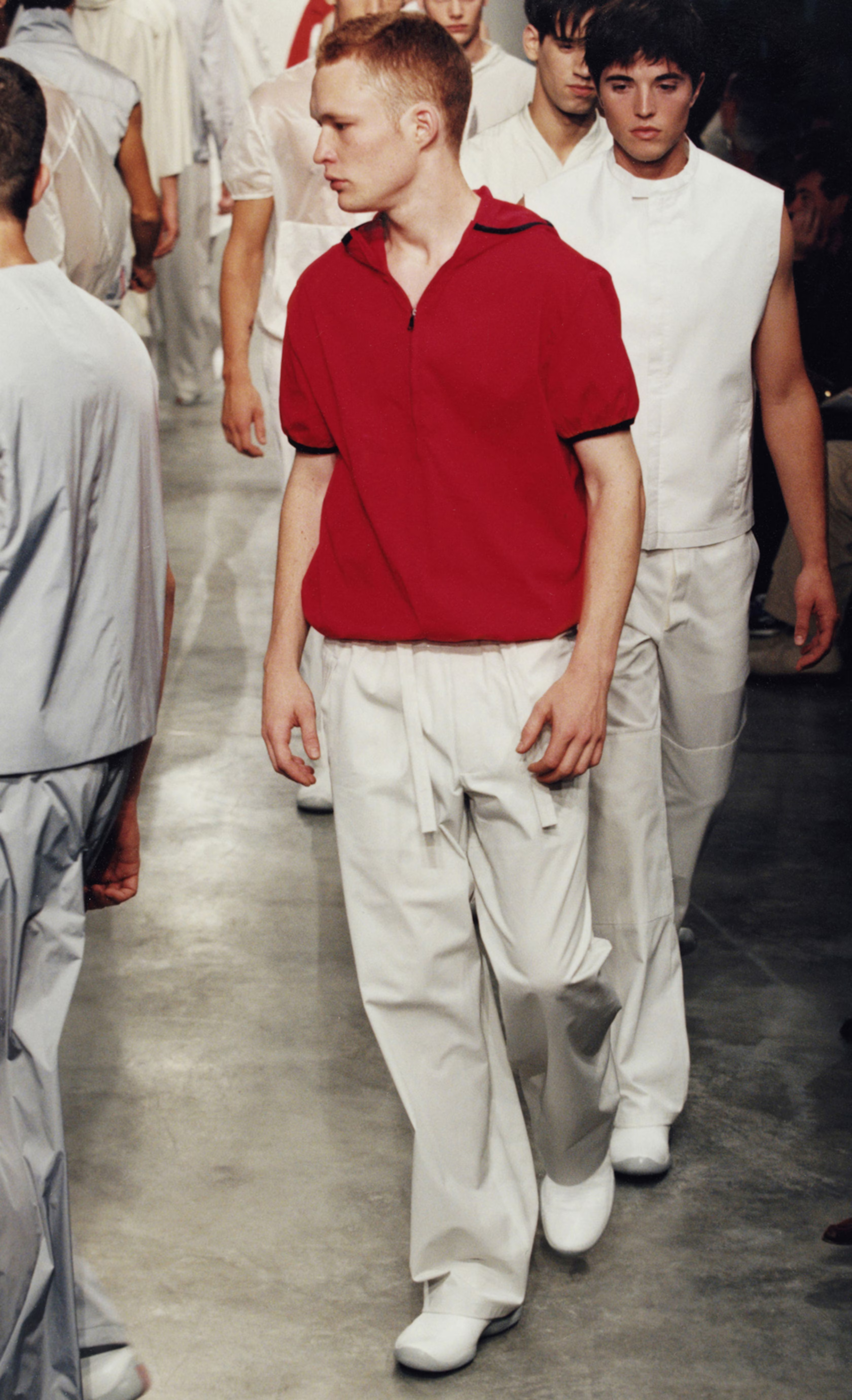
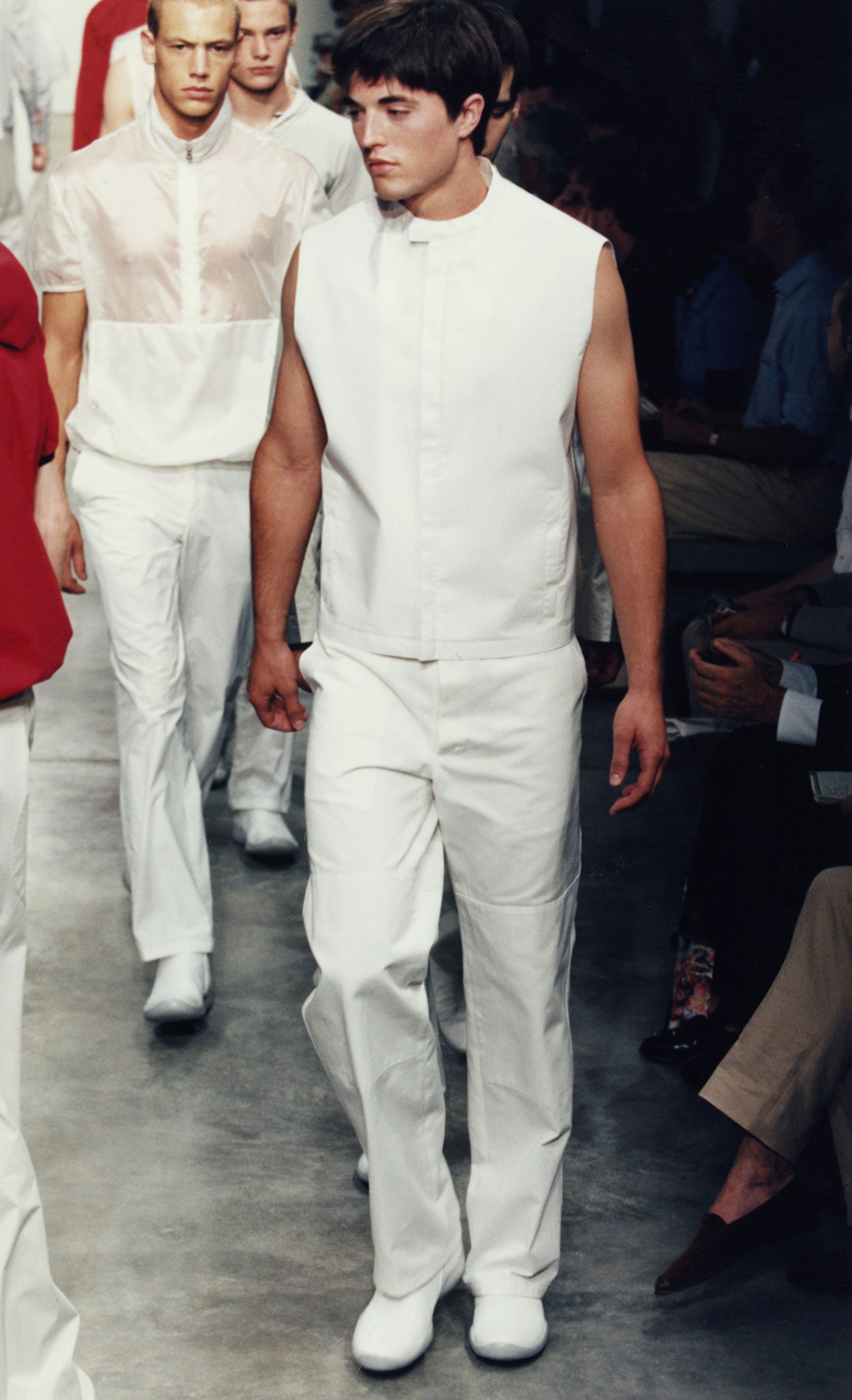
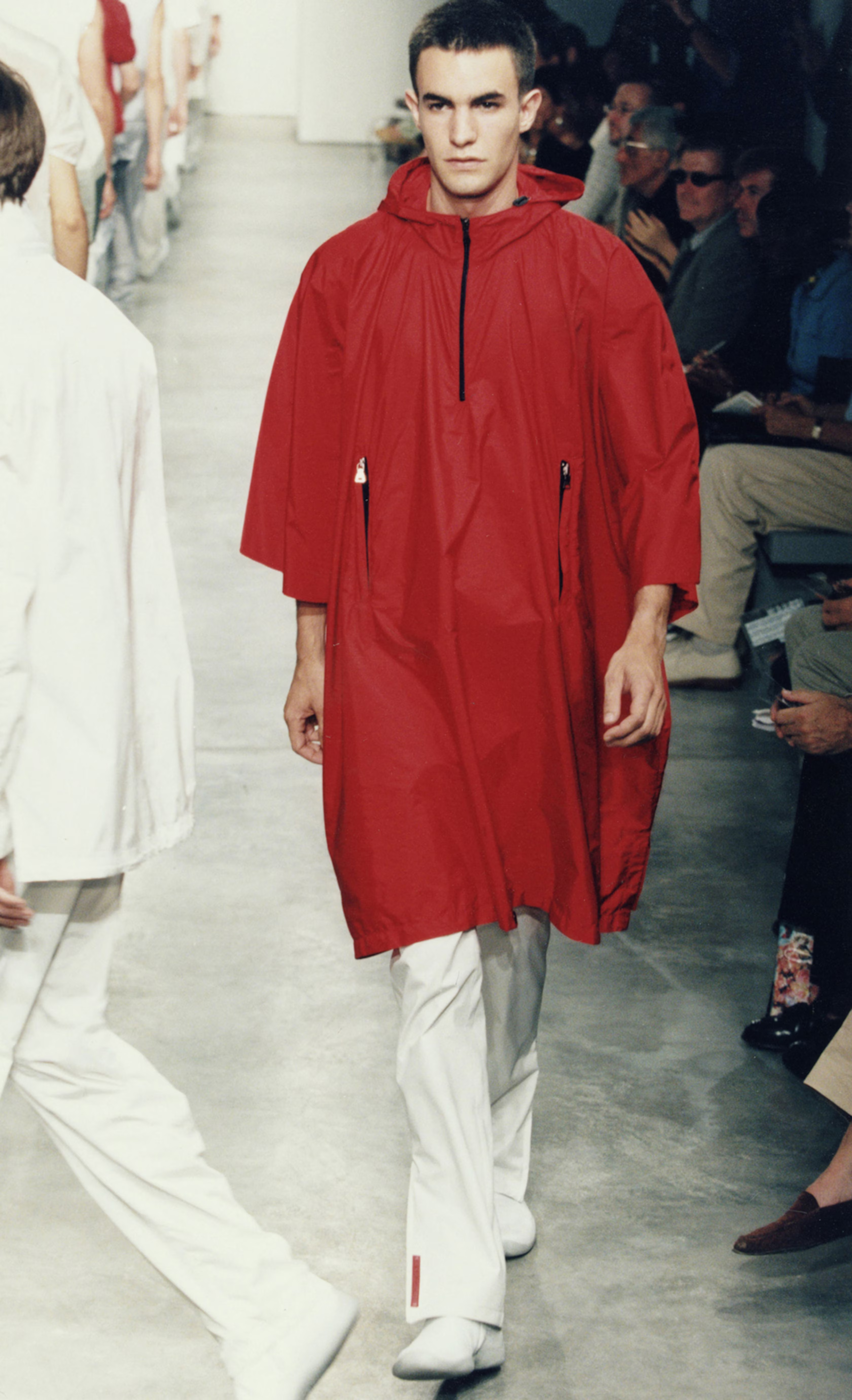
































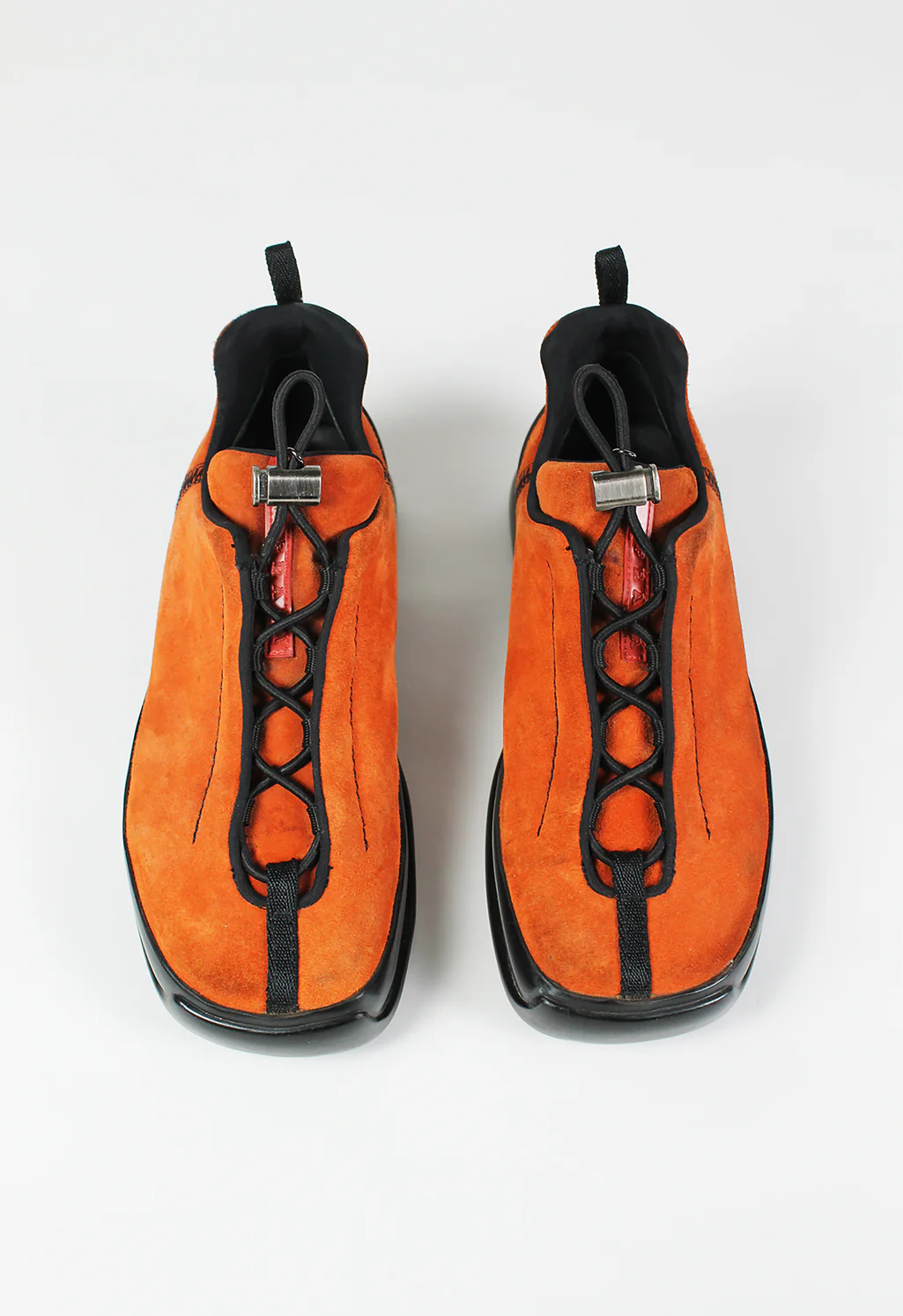
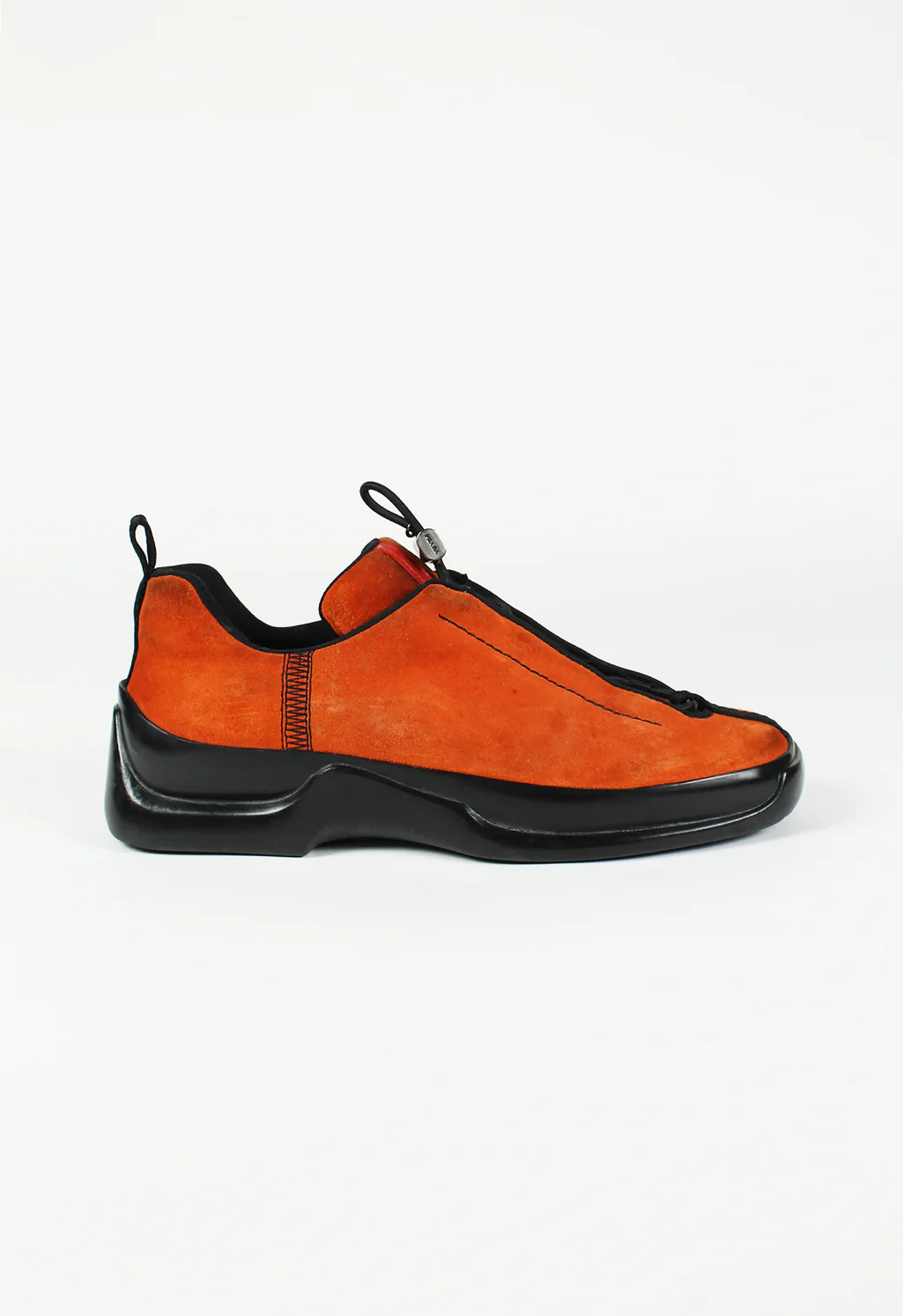
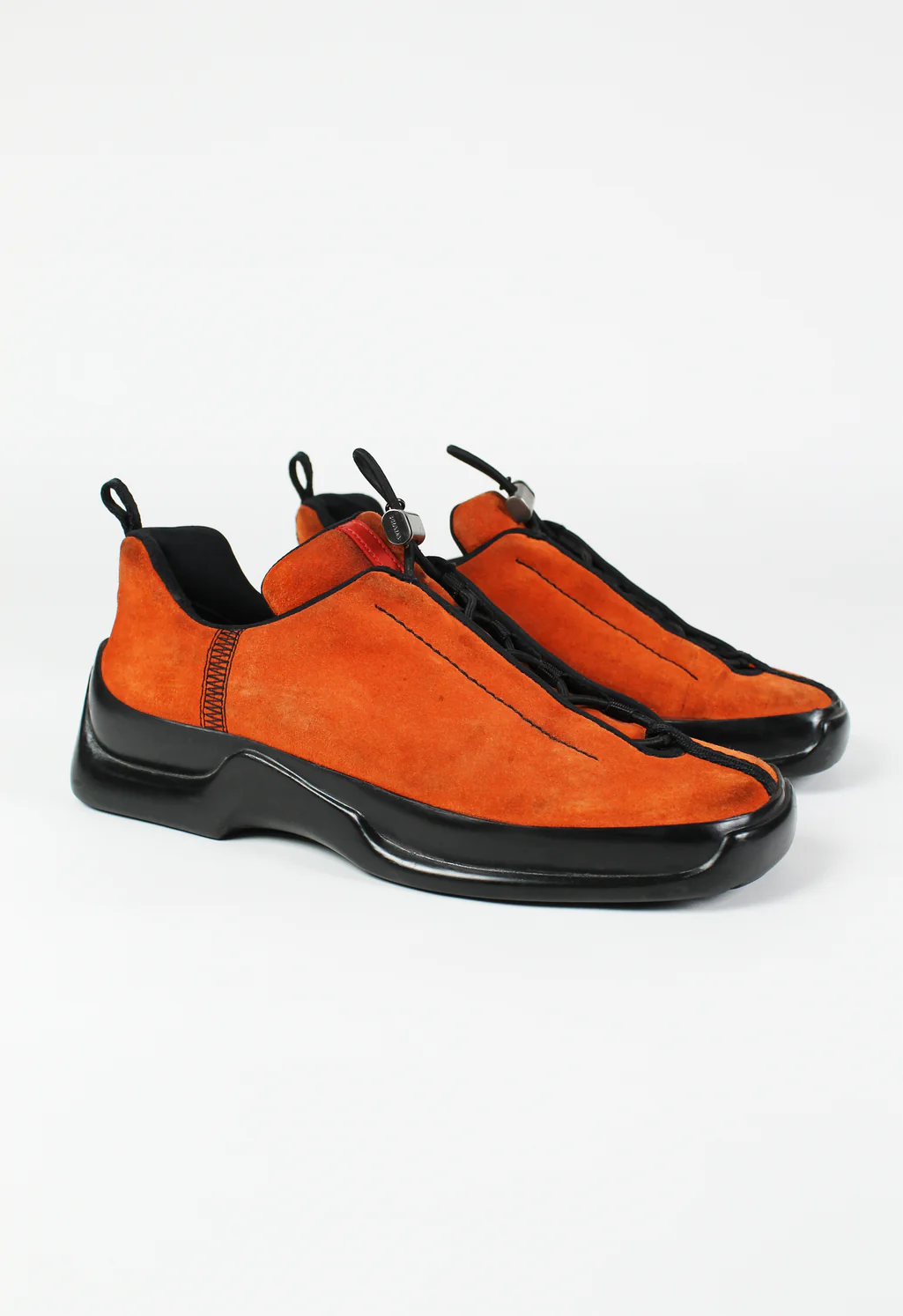




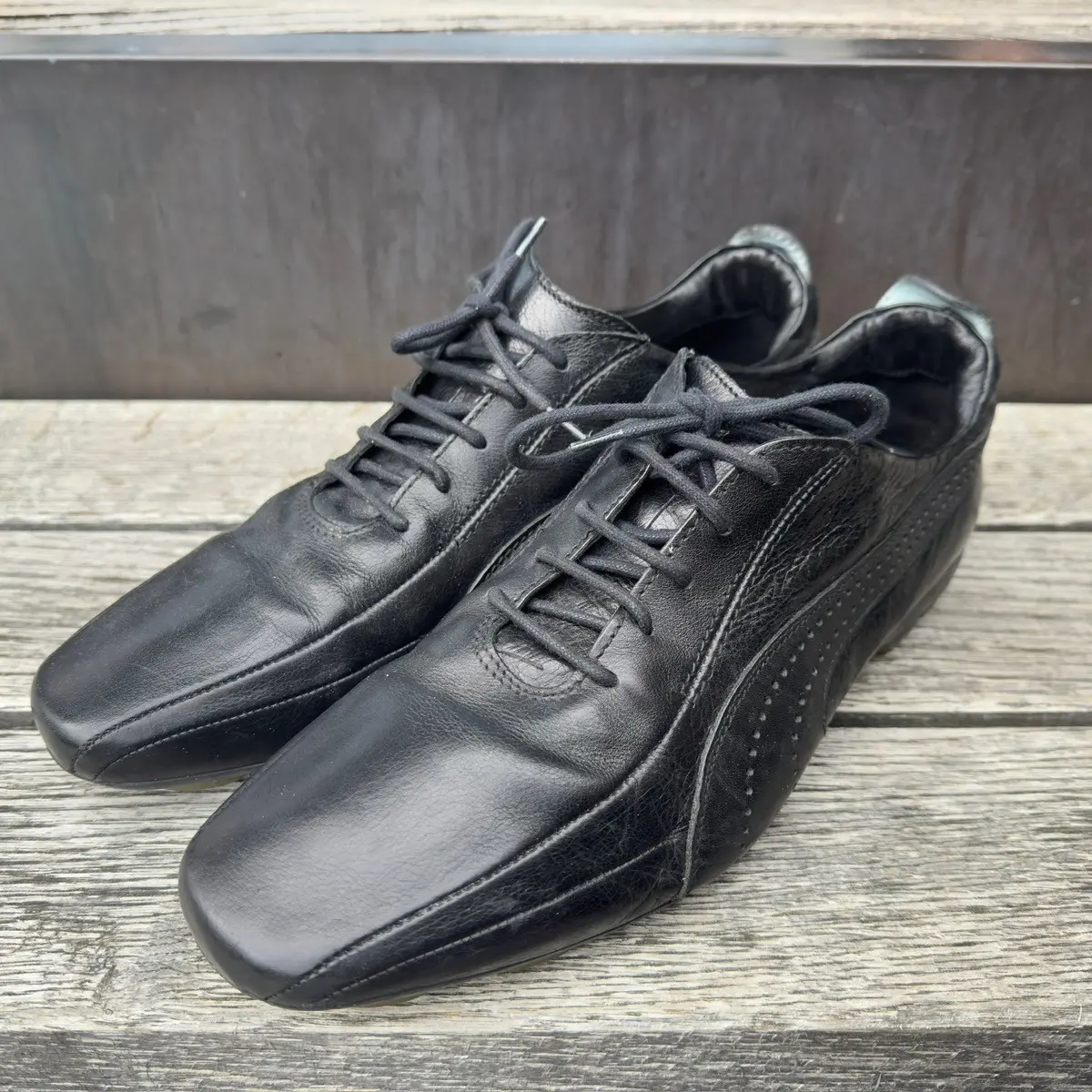

































Comments